HOW TO TAKE YOUR TRAINING TO THE NEXT LEVEL [Part 1: Work Ethic]
‘Perform well and stay available’
What I’ve learned from working with many athletes is that when it comes to ‘work ethic’ you can lump athletes into three main groups, with some exceptions:
1. Athletes who’ll only work if you push them from behind
2. Athletes who’ll only stop working if you pull them back
3. Athletes who’ll do all the work or none of it, and what determines this is their level of trust
If you’re a coach, or even an athlete, after working with a team for a while you’ll see athletes gravitate towards one of these groups, you might even identify with one or some of these yourself and people might move between these groups in their careers.
This and the next few blogs relate to those of you in group 2, you have drive in spades and will fight forever. These athletes are often my favourite to work with and are a pleasure to guide. But oftentimes before me and our team get to know them, they will have likely pushed themselves to the point of some load-related or overuse type injury.
“What you’re expecting to hear is to stop training so much and have a day off. I know this won’t work so I won’t bother, and there’s a better option anyway”
What you’re expecting to hear is to stop training so much and have a day off. I know this won’t work so I won’t bother, and there’s a better option anyway. The first of these posts is regarding a method of training planning called the ‘Traffic Light System’. Think of you on the road behind the wheel of your car:
Introducing the traffic light system
Red light: don’t drive, if you do you might get t-boned, best-case scenario is a big fine
o How does this feel? High fatigue, high soreness, reduced performance
o What day is this? Typically, the day after your hardest training sessions. This could also be due to lifestyle factors like sleep, personal relationships and work stress leaving you highly stressed, fatigued and tired
Yellow light: you can train but you might just end up like the guy who ran the red light if you’re too risky
o How do you feel? Little to moderate fatigue or soreness. You feel fine to go, but not perfect.
o What day is this? The day before your biggest session, two-three days after your biggest session or game
Green light: go for it!
o How do you feel? Fresh, feeling good, well slept and your mood is fantastic
o What day is this? The day of your most important session
So how does this look in reality? A blank canvas
So let’s start filling it in, you have the training that can’t be changed, this is what you do with your club/team and is probably the most difficult training in the week!
Okay…still pretty bare bones. You’ll have to add in the other training you do. We can see that our hard days are green lights, the day after is in red, and the day after is in yellow. So let’s keep going!
Done! Now you know when to go hard, when to take a step back and when to train well. Now sure I used basketball as the example, but you can just as easily plug your hard days and easy days into a schedule just like this one.
Now this still might leave you with questions, which is why this is Part 1. Stay tuned for more information on organising your training, because there’s more to this puzzle still to come. But right now you can start experimenting with your weekly plan to have bigger big days and more effective recovery!
Stay Tuned for part 2 where we relate this approach to your recovery plan
“For any athlete who doesn’t live in the world of sunshine and rainbows, life throws curve balls. Effective training isn’t about going hard all the time, it’s taking the available opportunities to train hard, recover well and manipulate training as needed to so you can perform best when it matters”
Want a full Training System That Incorporates a Whole philosophy of training like this?
Get two weeks of our world-class online program 100% free and turn yourself into the athlete you know you can be. Simply click the button below to get started.




